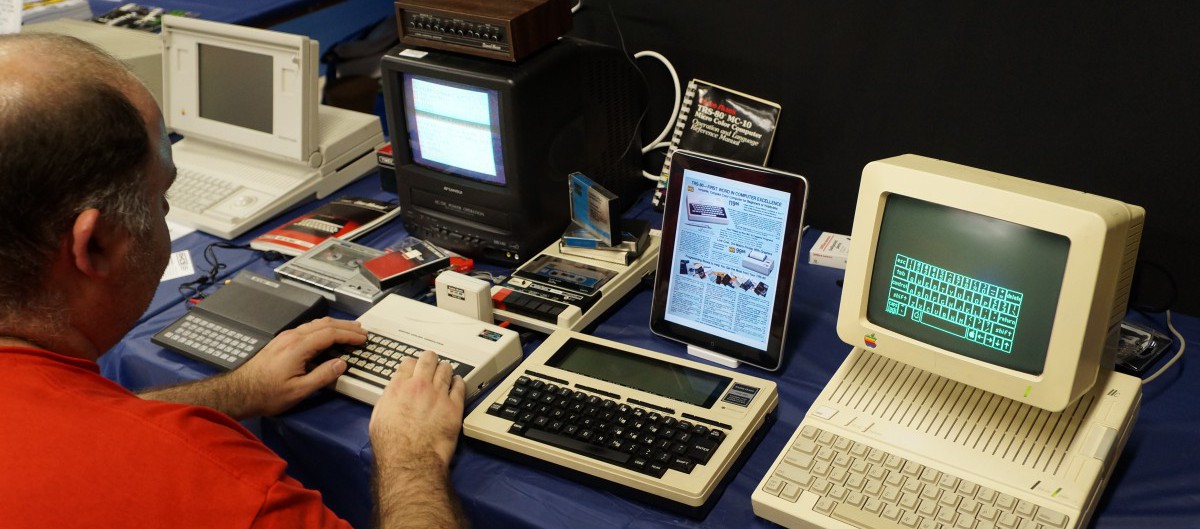Explore how video games such as Mortal Kombat and Grand Theft Auto San Andreas popularized violence in video games despite its controversial nature .
When I was in the planning process, I thought it would be best to show footage of various video games throughout the entire video. I soon realized that images are in fact the better option due to how much control you have over them. Images can be edited at any time during the production process and include animations, transition effects, borders, varying lengths, and so on. Videos on the other hand, can only have so much done to them because they are already complete (mostly). Editing a videos length, for example, will likely cause the context to be lost and create confusion within viewers.
Because this project is a video, I decided to take advantage of the medium by being as visual as possible and include various images and videos to help viewers understand what is going on. This level of understanding is especially important for those who don’t know what Mortal Kombat or Grand Theft Auto is; Without the aid of these elements, those viewers may be lost. As a result, the inclusion of images and videos broadens my audience, unlike the podcast, which makes it difficult to let others who don’t know anything about the topic to join in.
Because I have a decent amount of experience in editing videos and using Camtasia (the software I used to create this video), the creation process took about four to five hours (so far). I found this project to be fun and I hope to do something similar in the future.



